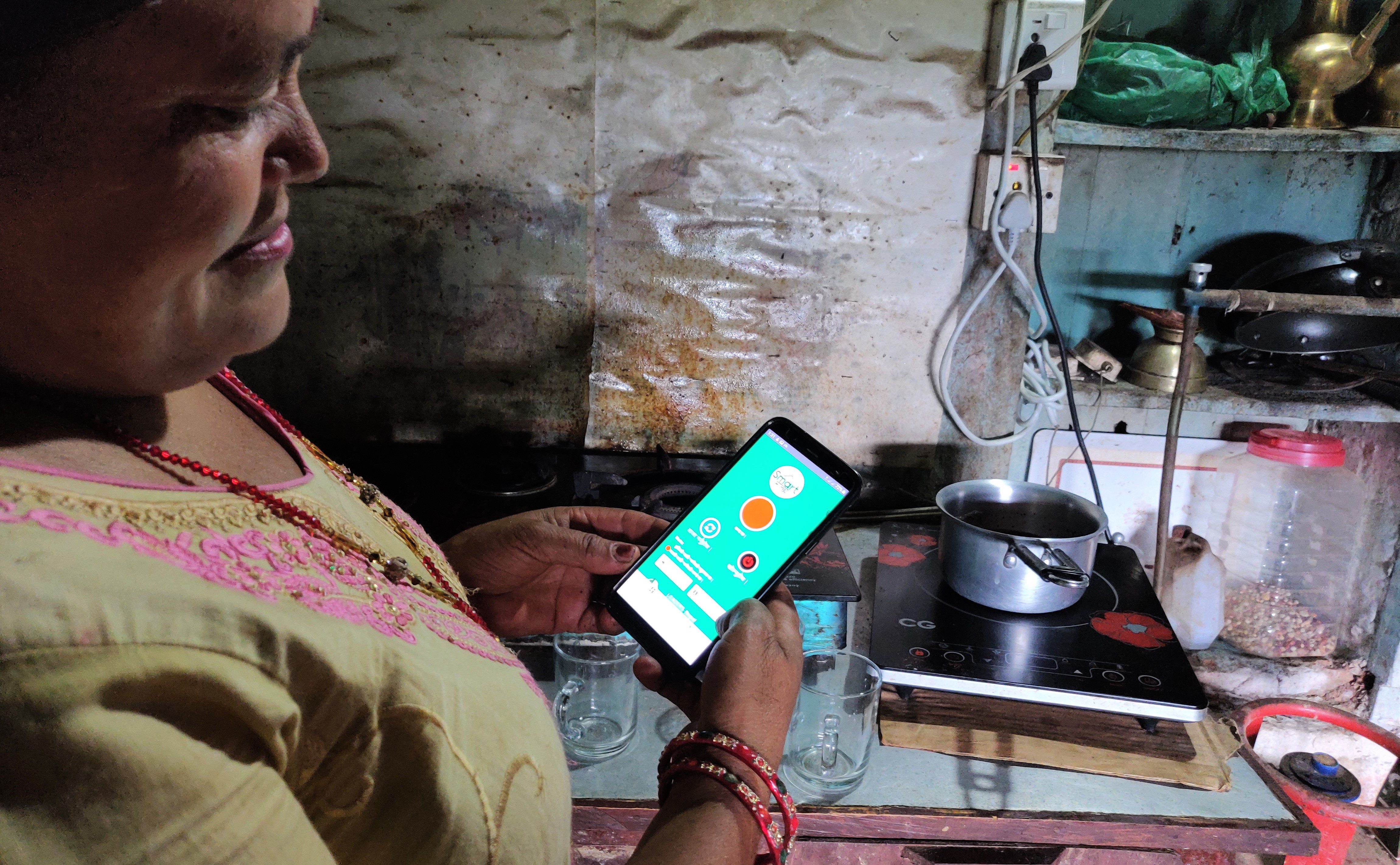Moving Toward Cleaner Cooking in Nepal: Results from a Two-Year Research Project
In Nepal, nearly 80% of households cook using biomass fuels in traditional cookstoves. The household air pollution emitted as a result of cooking this way is the third leading risk factor of early mortality throughout the country. To address this critical concern, the Government of Nepal has established a goal of achieving universal access to clean cooking solutions by 2030. As such, the Clean Cooking Alliance (CCA) and its partners began research starting in 2017 to build an evidence base that would support the necessary policy interventions and planning to achieve this goal.
Through the “Maximizing the Health Benefits of Clean Household Energy in Peri-Urban Nepal” health demonstration project, CCA along with local and international partners spent the next two years exploring the best means of increasing access to and encouraging the use of clean fuels and technologies that meet local needs (i.e., electric, liquified petroleum gas (LPG), and biogas).
Following 772 Nepali households for a full year, this project was designed to monitor the effectiveness of specific intervention activities aimed at increasing clean cooking practices and/or decreasing the use of traditional biomass stoves. These activities included increasing physical access (repairing biogas digesters and upgrading household electrical wiring to accommodate electric cooking) as well as behavioral, educational, and market strengthening programs. Two additional innovative community-based outreach activities were the use of female community health volunteers to support households in their energy transitions and a pilot conditional cash transfer program to encourage the disuse of traditional stoves.
The project found that community-based outreach activities were effective in increasing purchases and consistent use of clean cooking solutions. It also found that the conditional cash transfer program resulted in significant disuse of traditional stoves. These outcomes, among others, equipped researchers, policymakers, and project implementers with crucial lessons learned that can be taken into consideration when looking to future opportunities for interventions to scale clean cooking in Nepal and elsewhere, both at the household-level and national infrastructure and policy-level.
One main takeaway, for example, was that while the project found that most households that switched from LPG to induction cooking saved money, most households were unaware of this in the moment. Because they couldn’t tell how much electricity their stoves were using and what the cost of that usage might be, these households seemed to limit their use of electricity for cooking. In response, the project developed an Android-based “Smart Bhanchha App” (Smart Kitchen App) so that induction stove users could monitor their energy consumption and cost of cooking in real-time.
Project findings also highlighted that while most cooking tasks performed on traditional stoves were easily transitioned to LPG, biogas, and electric stoves, the exception was animal food and water heating. For these tasks, households continued to almost exclusively use open fires. One animal food or water heating activity can require as much energy as all the meals of the day combined, highlighting an urgent need for further research on cleaner and more efficient cooking solutions that are acceptable to households for these tasks.
In total, households purchased 338 clean stoves over the course of this study. The most striking outcome was that 170 induction cookstoves were purchased, a 20-fold increase based on baseline data collection. These induction stoves were widely used among households, leading to a significant reduction in the use of LPG and traditional stoves.
While Nepal is projected to have a surplus electricity supply in the coming years, the project findings indicate that even with sufficient electricity generation, a significant scale-up of induction cookstove adoption would require upgrades to transmission and distribution infrastructure as well as electrical wiring within homes.
The Final Project Summary Report details the study methodologies, activities and findings, and recommendations for a variety of stakeholders to increase clean cooking in Nepal. Accompanying policy briefs are under development and will be posted here when finalized.


